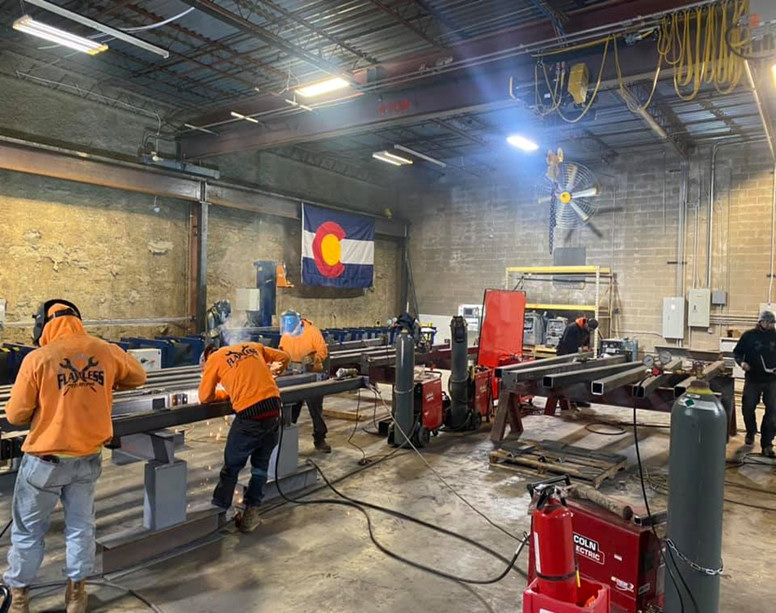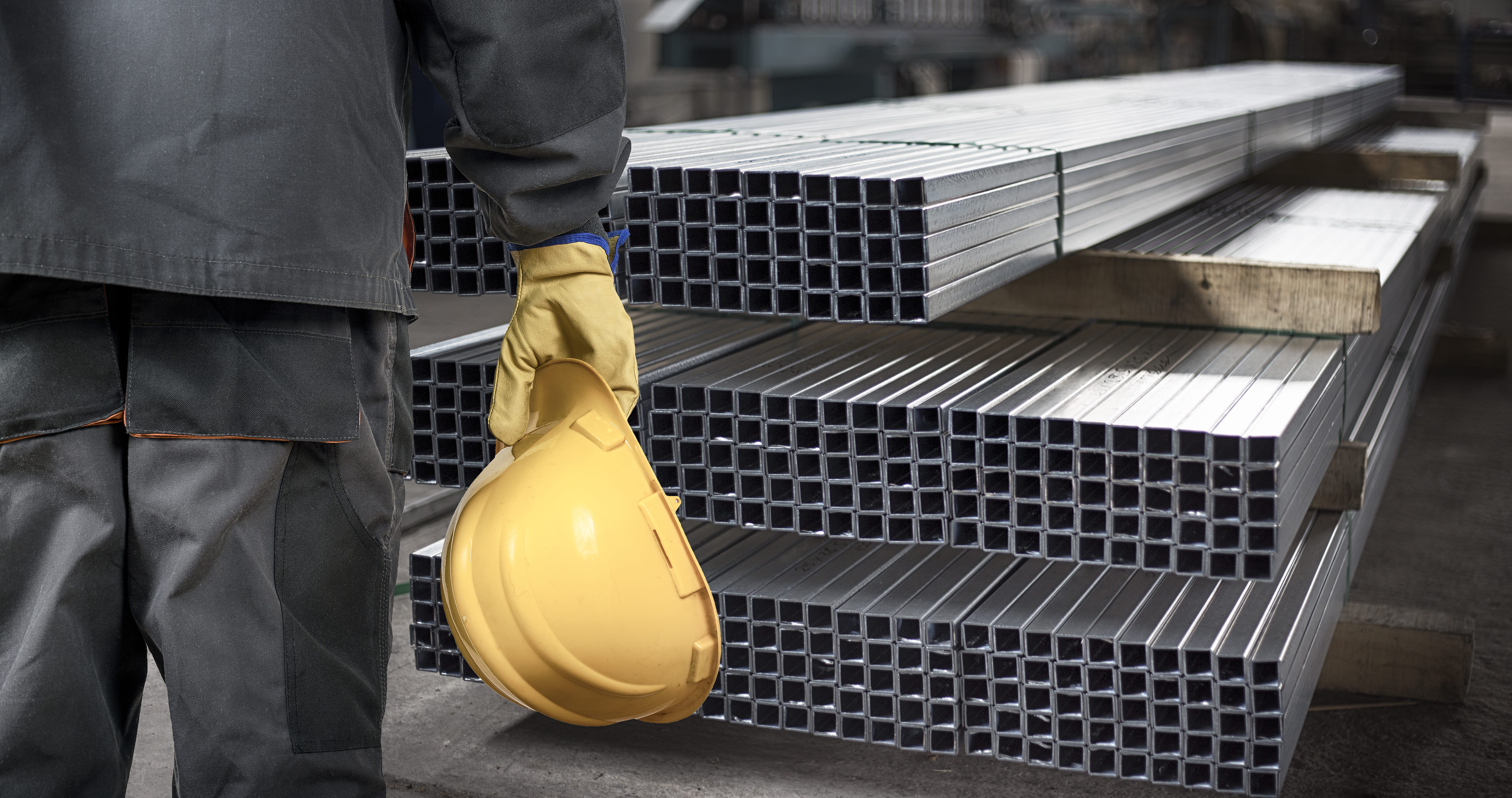Ingenious Trends in Steel Construction: Enhancing Sturdiness and Precision
In the world of steel construction, the pursuit of toughness and accuracy has led to a wave of innovative fads that are improving the industry. These trends are not simply forming the existing but likewise laying the foundation for the future of steel manufacture, guaranteeing more enhancements in sturdiness and precision.
Advanced Welding Technologies
In the realm of steel manufacture, the adoption of cutting-edge welding innovations has considerably transformed the industry's strategy to accomplishing premium quality and precision in structural welds. Advanced welding innovations, such as laser beam of light welding and friction stir welding, have arised as game-changers in the area. By leveraging these sophisticated welding strategies, steel makers can raise the resilience, toughness, and accuracy of their structural welds, satisfying the increasingly demanding requirements of contemporary construction projects.
Robot Automation in Construction
Welcoming robot automation has actually come to be a foundation of modern-day steel manufacture methods, improving and enhancing processes efficiency throughout the market. Robotics are revolutionizing the method steel components are produced, offering unmatched precision and rate while decreasing human mistake. These automated systems can deal with repetitive tasks with consistent accuracy, resulting in higher quality final product.
One secret benefit of robot automation in steel construction is the capacity to function all the time without fatigue, considerably enhancing production result. This constant procedure reduces downtime and accelerates job timelines, inevitably conserving prices for suppliers. In addition, robots can be configured to perform intricate jobs that might be tough or dangerous for human workers, improving safety in the work environment.
Moreover, robot automation enables smooth combination with other digital technologies, such as computer-aided layout (CAD) software program and Internet of Points (IoT) systems (steel fixing). This interconnected technique boosts communication between different phases of manufacture, maximizing workflows and ensuring real-time surveillance and control. As the steel manufacture industry proceeds to evolve, robot automation stands apart as a transformative force driving effectiveness and precision in making procedures

High-Strength Alloy Growth
The improvement of high-strength alloy development in steel construction is reshaping the market's approach to improving material durability and efficiency. High-strength alloys are engineered to exhibit exceptional mechanical homes, such as enhanced tensile toughness, strength, and rust resistance compared to standard steel grades. By integrating these innovative alloys right into construction processes, manufacturers can produce elements that withstand higher stress and anxiety degrees and severe settings, leading to more trustworthy and resilient output.
One secret benefit of high-strength alloy advancement is the ability to minimize product thickness without compromising structural stability. This not just results in lighter-weight parts but also adds to cost savings and enhanced performance in construction and setting up processes. The enhanced strength-to-weight proportion of these alloys permits for the layout and building of structures with higher load-bearing abilities while decreasing general weight.
3D Modeling and Simulation Software
Advancements in steel fabrication processes have been significantly propelled by the combination of cutting-edge 3D modeling and simulation software application devices. These devices allow makers to produce comprehensive online versions of their tasks, enabling them to imagine the final item with precision before any physical job begins.

Lasting Practices in Steel Manufacturing
Incorporating lasting practices right into steel production processes is vital for minimizing environmental influence and making certain lasting source accessibility. One essential lasting practice is the adoption of energy-efficient innovations to minimize greenhouse gas exhausts during the steel manufacturing procedure. This consists of utilizing renewable resource sources, such as solar or wind power, Bonuses to power steel plants and carrying out energy-efficient equipment to maximize power usage.
Another crucial facet of sustainable steel manufacturing is the accountable sourcing of resources. This includes guaranteeing that the iron ore and other resources used in steelmaking are gotten from ecologically friendly and ethical resources. By advertising openness in the supply chain and adhering to rigorous environmental standards, steel manufacturers can minimize the adverse influences of source removal on local ecosystems and areas.

Final Thought
Finally, the cutting-edge fads in steel construction such as advanced welding modern technologies, robot automation, high-strength alloy advancement, 3D modeling and simulation software application, and sustainable methods are improving the toughness and precision of steel items. These developments are changing the steel manufacture sector by enhancing sustainability, high quality, and efficiency. It is clear that the future of steel manufacture lies in welcoming these advanced innovations to meet the demands of modern construction and production industries.
In the realm of steel manufacture, the quest of sturdiness and accuracy has actually led to a wave of cutting-edge patterns that are reshaping the industry.In the realm of steel fabrication, the fostering of sophisticated welding innovations has significantly reinvented the sector's approach to accomplishing exceptional quality and precision in architectural welds. As the steel construction sector continues to evolve, robotic automation stands out as a transformative force driving efficiency and precision in making processes.
In addition, reusing and reusing steel scrap and waste materials play a significant function in enhancing the sustainability of hop over to here steel production. steel fabrication melbourne.In final thought, the innovative trends in steel construction such as sophisticated welding technologies, robotic automation, high-strength click to investigate alloy development, 3D modeling and simulation software program, and sustainable techniques are boosting the longevity and accuracy of steel items